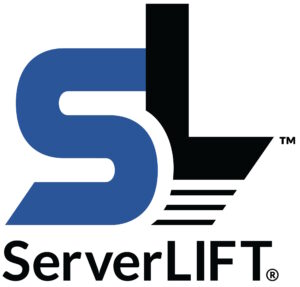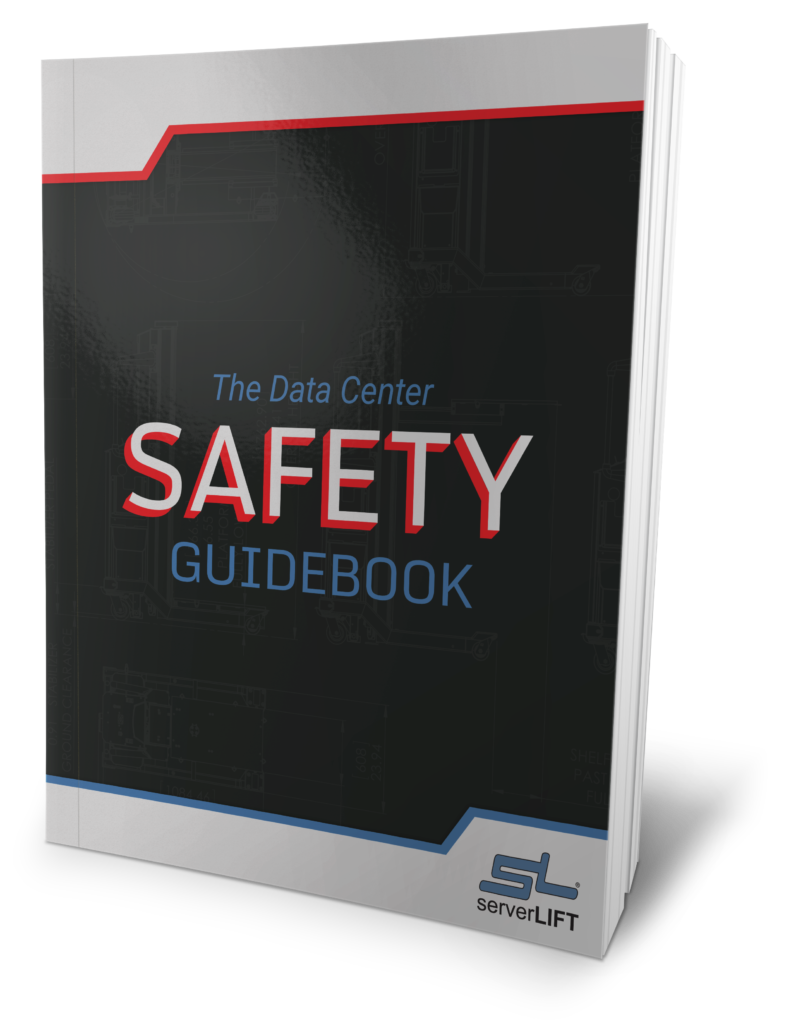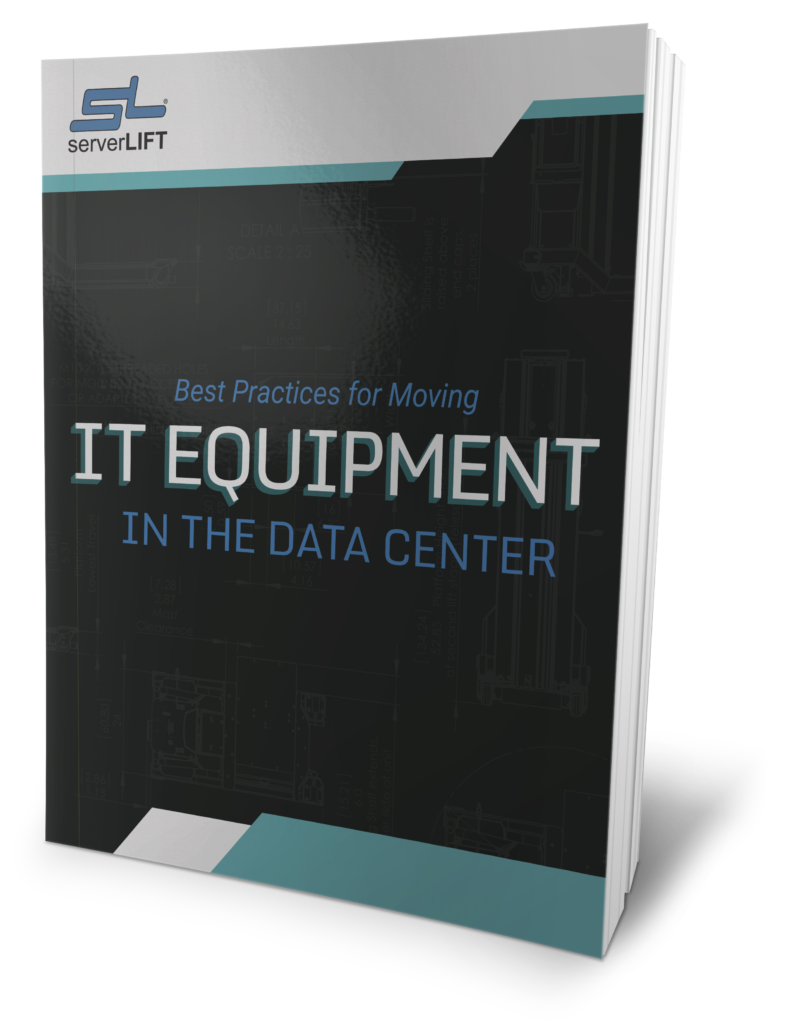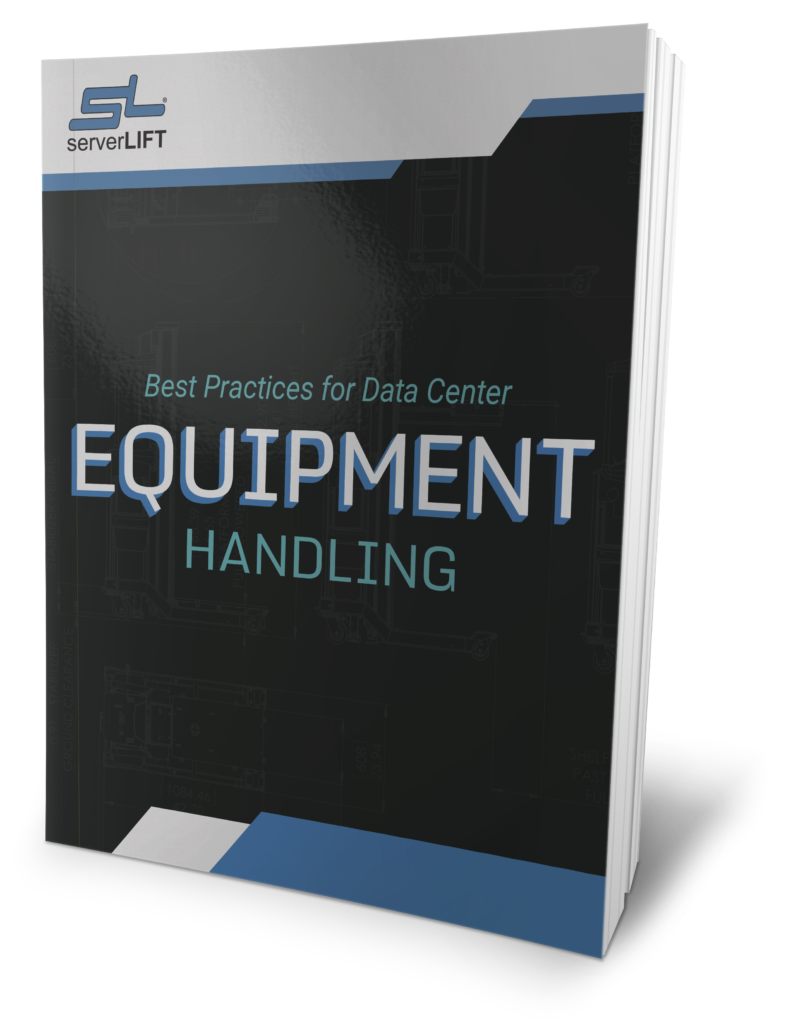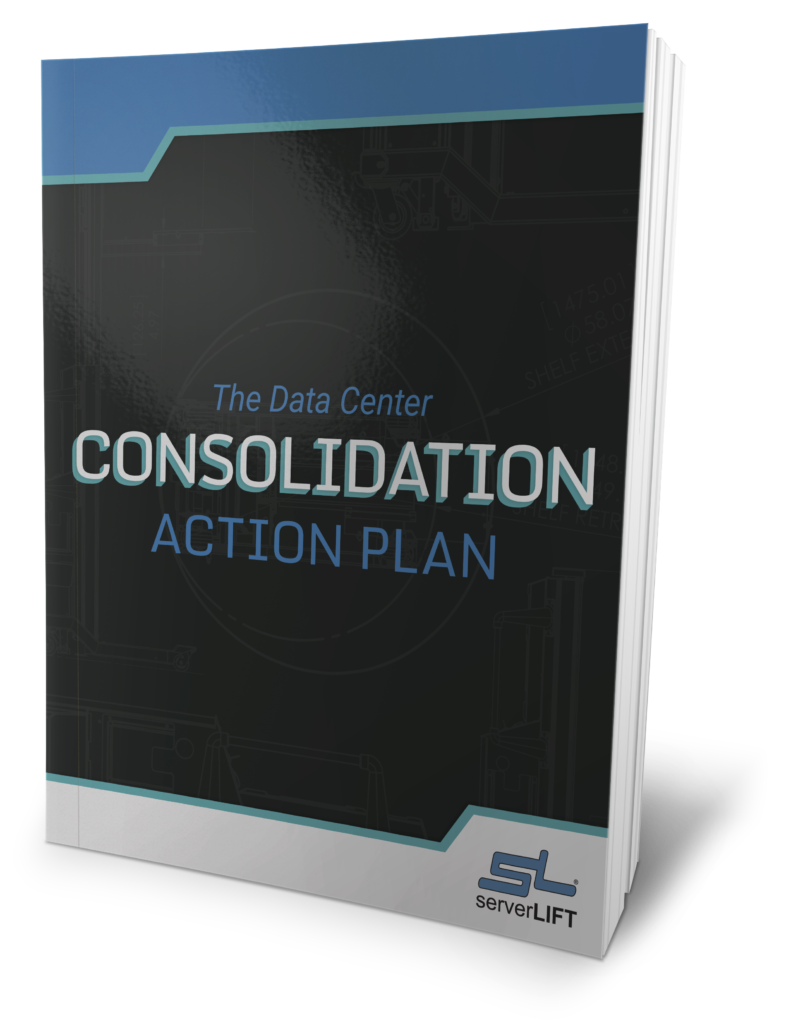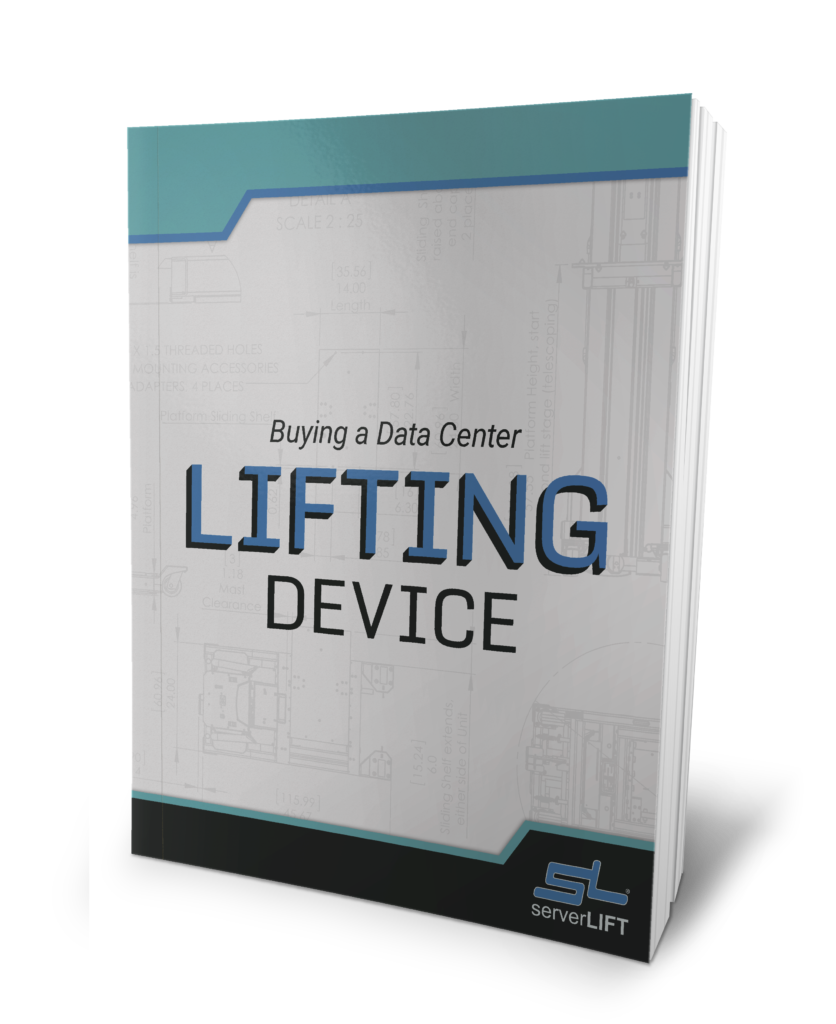With the proliferation of AI in everyday society, data centers are having to redesign—and often rebuild—an infrastructure that can effectively and efficiently meet the increased demands.
Many of the adaptations data centers are making involve improving cooling systems. Data center managers are upgrading to liquid cooling, clearing floor and headspace for liquid cooling tubes, or relocating facilities to cooler locations. Cooling is a priority.
But cooling is not the only design change that data centers are making because of AI. Here are five of the types of design changes that data centers are focused on to accommodate AI’s rapid growth.
1. More Efficient Cooling Systems
Greater power usage means greater heat generation. The enormous heat output from AI is a significant challenge for data centers, especially in light of “green” initiatives that aim to reduce carbon emissions. This means data centers must figure out how to include even more cooling capabilities into more efficient, climate-friendly packages.
The goal of green initiatives is to reduce power consumption. Accommodating the increased power needs of AI infrastructure and the cooling systems required to keep it all running smoothly is an extra challenge. Doing both simultaneously while cutting overall power usage might seem insurmountable, but promising developments are helping.
Chip manufacturers are increasingly adopting liquid-to-chip cooling systems, which is great news for data centers. As liquid cooling options become more widespread, the expansion of competition in this market should help drive prices down.
Switching to liquid cooling does require significant investment and restructuring of core data center infrastructure. Standard refrigerants can’t handle the heat AI generates. Upgraded versions of glycol or chilled water coolant systems will be needed instead, but the payoff will be worth it because of the power saved for high-intensity computing applications.
Data centers are installing closed-loop liquid systems with air coolers and placing cooling distribution units (CDUs) throughout the facility to keep up with cooling demands and the need for the most efficient solutions.
2. Larger facilities with taller server storage areas
Liquid cooling systems are more efficient than air cooling, but tubes carrying liquid to vital pieces of infrastructure typically require more physical space than pipes carrying cold air into a server room.
At a time when data center space is already at a premium and power density increases every year, it’s tougher to pack liquid cooling infrastructure into and around equipment racks while still leaving room for installations, maintenance, and a basic level of air circulation.
One solution is to expand vertically. Some data centers are experimenting with higher ceiling heights that create enough space for liquid cooling and all its accouterments.
However, data centers will probably need to expand their horizontal footprint as well. Expect to see facilities get larger overall in the near future.
3. New types of flooring
Many data center facilities have abandoned traditional raised floors, but it appears that raised flooring might become a necessity again.
It can be difficult to safely weave cooling tubes overhead without running into tangles trying to fit them in with existing cabling and power systems near the ceiling. It’s also risky to put liquid overhead where tubes could be dislodged or broken, spilling coolant all over the personnel and expensive equipment beneath.
Base-chilled cooling systems—that is, cooling systems that work from the bottom up rather than the top down—are often a better solution. Raised flooring will accommodate base-chilled cooling solutions.
Additionally, raised floors help to safely manage high-weight loads. Servers and equipment are always changing, and one location on the floor may need to hold racks with old and new servers and staff who are uninstalling and reinstalling the equipment at the same time. Adding the weight of any liquid coolant may introduce unprecedented weight loads on raised floors. This is one reason that data centers moved away from raised floors; it seemed safer to have heavy equipment on concrete slab flooring.
However, a strong raised floor combined with increased ceiling height could solve many problems for data centers short on space. Architects will have to tap into their creativity to balance both priorities, but there are plenty of data center designers willing to tackle the challenge.
4. More facilities in rural locations
Data centers have historically been built near major cities so they can be close to both the central power grid and a large portion of their end users. Now, data center managers are considering developing facilities in more rural areas.
Rural areas offer a broader expanse of land and fewer space limitations. This can make the sprawling footprint of larger data centers easier to manage.
Rural data centers can also take advantage of lower energy costs. While big-city facilities pay a hefty price for power, data centers outside populated areas often pay less for the same amount of power.
Rural areas also often have lower temperatures than urban areas that trap heat. Placing a data center far away from large areas of hot asphalt and car exhaust automatically gives the facility an advantage when it comes to cooling because the data center no longer has to compensate for these additional ambient heat sources.
Google, Amazon, and Meta have all recently opened data centers in cold Nordic countries. Other major players are expected to follow suit. Colder climates are beneficial to data centers dealing with the heat generated by AI.
5. Nuclear power options
Nuclear energy is one of the greenest energy options currently available. It provides a renewable, extremely low-emission source of continuous power for nearby grids. In fact, a completed nuclear energy plant produces almost zero emissions and is therefore an attractive prospect for data centers that want to reduce their carbon footprints.
The development of small modular reactors (SMRs) is promising because these miniature, modular versions of larger reactors are pre-built and ready for assembly upon delivery to a destination.
SMRs are still in relatively early stages of development and deployment, but heavy investor involvement is expected in nuclear sources of green energy over the next decade. If this trend continues, SMRs could very well be an environmentally friendly reality for data centers willing to take the leap within the next ten to fifteen years.
What else do we expect to see on the horizon for data centers?
Some industry leaders are making a push to include data centers as part of educational tours for local school districts.
Many communities shun data center development because they’re seen as loud and ugly buildings that raise energy costs for the rest of the population. However, data centers are also integral to keeping our technology working as we have come to expect.
The hope is that by opening data centers up to students, communities can learn more about what data centers are, how they work, the resources they need, and the tech value they bring to our society, especially in these days of AI.



